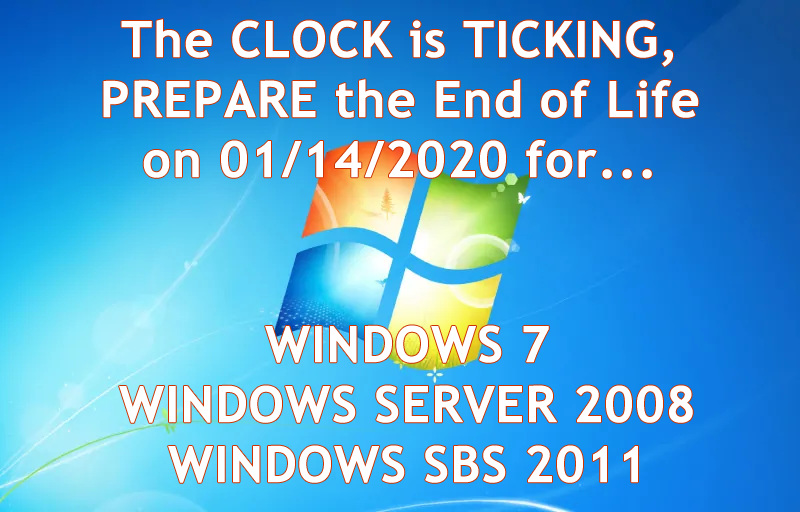

Sometimes the different approaches can get confusing when deciding between upgrading vs migrating. What is upgrading compared to migrating or data migration? How do you choose between the two? When thinking about an upgrade, specifically talking about the Windows Server operating system, generally what we are referring to is an in-place upgrade, meaning we are performing an upgrade of the Windows Server operating system that is currently loaded to upgrade it to a newer Windows Server operating system.īy default, the applications, services, roles, and other data that may be hosted on the server are brought forward during the in-place upgrade. In this two-part post, we will take a look at two aspects of moving away from the Windows Server 2008 platform – Upgrade and Migration. First, let’s look at Windows Server 2008 end of life upgrade strategies and see what options are available for upgrading from this now deprecated platform.

This can lead to maintenance events and potentially impact your business continuity. There is a great deal of assessment and planning that goes into performing data migration from one platform to another, especially if you have business-critical workloads running on platforms that are being deprecated.


 0 kommentar(er)
0 kommentar(er)
